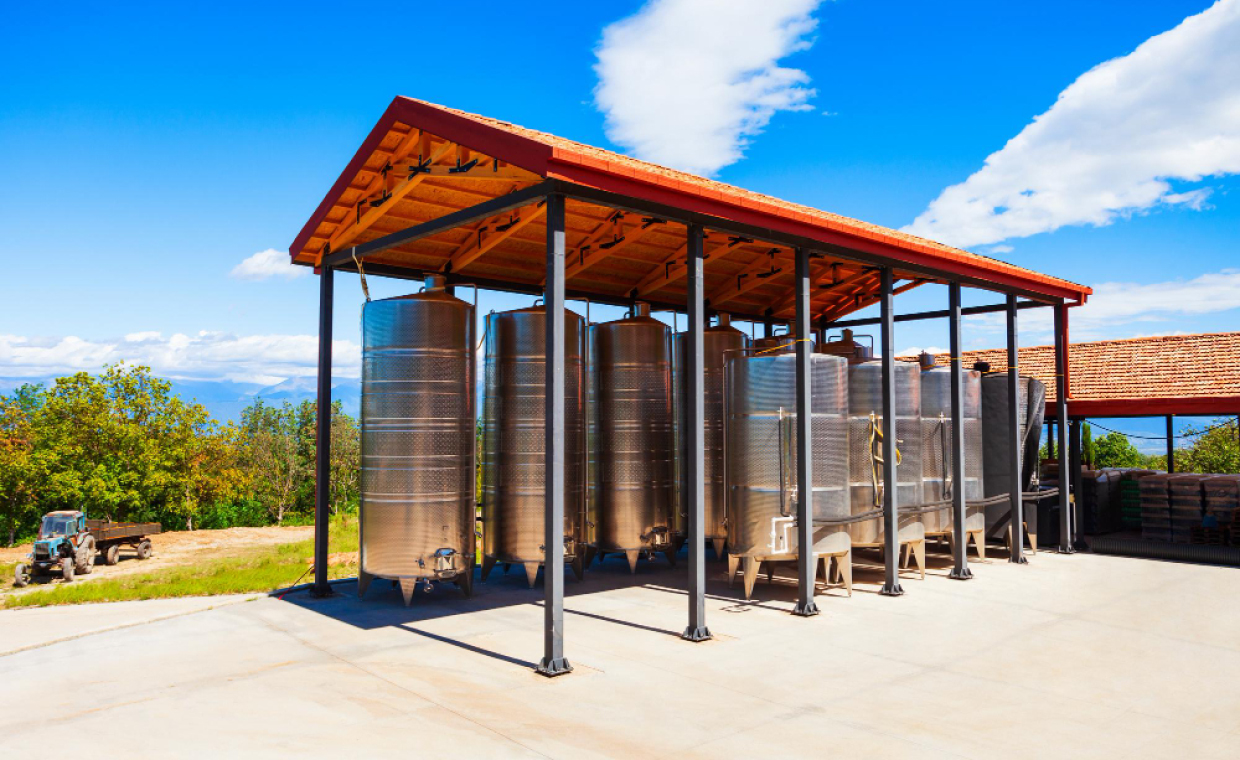
Mortar is important for a home because it holds the bricks together and acts as a seal to keep water and moisture from getting inside the walls. It’s also a nice-looking divider that goes around each brick. However, the mortar is the weakest part of a brick wall. Changes in the atmosphere may wear down mortar and cause cracks. When the mortar gets affected, it impacts the wall’s strength to hold together, and the bricks no longer fit together neatly. Tuckpointing is the process professionals use to fix and strengthen the joints between the bricks.
Let’s understand tuckpointing in detail.
What is Tuckpointing?
According to Architect R.Barry (author of the book Construction of Buildings), tuckpointing is the process of removing old mortar from joints, replacing it with mortar that closely matches the colour of the bricks, and then embedding narrow lines of putty in a contrasting colour (called “fillets”) down the centres of the new mortar joints.
Why is Tuckpointing Important?

Tuckpointing is more than just a way to make your bricks look nice again. Your building’s mortar is filling in big spaces between the bricks. When it starts to break down, those holes start to show up again, giving direct access to your home’s walls and structures.Water and moisture can get into your home through these cracks. It can cause wood to rot and even mould to grow. When it comes to mould, there are usually signs of a problem once it’s already big and hard to fix. So, a crucial part of preventive maintenance is fixing your mortar as soon as possible.
Tuckpointing fixes the mortar in the structure so that it can keep doing its job of spreading out the weight. In masonry, tuckpointing works best on minor issues. If the bricks start to bulge or crack, then they may require more serious repairs.

Tuck pointing is a cost-effective way to increase your home’s value and aesthetic appeal. Your home must maintain a clean and tidy exterior at all times to give a positive first impression to potential clients.
How Do You Know If You Need Tuckpointing?
Before hiring a professional to tuckpoint your home’s brickwork, it is important to recognize the indicators of mortar degradation. In most circumstances, mortar can survive for 20 to 30 years without maintenance, but there are obvious signs when maintenance is needed. Cracking mortar joints, irregular vibrations, or noises are signs of damage. Minor cracks in the mortar don’t necessarily require tuckpointing, but it’s something to watch.

The foundation, chimney, or wall could fall if you ignore any degradation indicators. Take up tuckpointing before major brick degradation occurs. It’s crucial to tuckpoint mortar joints in older homes, which lack air gaps and vents, allowing moisture to erode your foundation’s strength.

When surrounding bricks are cracking or disintegrating, it signals that a section of the foundation or wall requires immediate attention. These aren’t typical regular wear and tear symptoms and could indicate foundation damage or movement. In such instances, you must engage an expert to inspect your brickwork before doing any projects.
Preparations for Masonry Tuckpointing


Skilled masons and labourers do tuckpointing. Explain the masonry issues before the process so that the workers can decide whether to fix the joints or replace the mortar in the broken joints. Whether or not the whole home needs to be cleaned depends on the condition of the mortar joints, how old the home is, and what kind of mortar mix was used. For tuckpointing, the mortar joints are usually cleaned and cut with a power drill, a chisel, or a masonry cutting wheel.
Mortar Mix for Tuckpointing
High-quality masonry tuckpointing includes:
- Use of appropriate equipment to remove old mortar. Common tools for this job include saws and grinders. Never assume you can get by without using power tools.

- Protecting the bricks when using machinery. The extremely high vibration levels produced by this equipment could be better when working with historic masonry.

- Protecting yourself during the joint extraction process by wearing the necessary gear.
- Breaking up the old mortar to a depth of between 1/8 and 1/2 an inch. If you want sturdy mortar, keep doing this until you get there.
- Removing not more than a third of an inch of mortar from the joint at a time.
- After scraping the mortar, clean the joint by brushing and rinsing with water or air. In doing so, you get rid of any dirt, grime, or other small particles that may have been there.
- Using pre-hydrated mortar to lessen the amount of extreme shrinkage.
- By mixing in dyes, it is possible to blend the new mortar with the old.
- Combing all the ingredients properly to make a mortar. To make a mortar ball, add water and stir until a thick mixture develops. No matter what, do not allow the mortar to run.
- Two hours is enough time for the mixture to hydrate and set. Make it more manageable by adding water.
Applying Mortar for Tuckpointing
- Dampen the tuckpointing joints before applying the mortar. This is helpful for a strong attachment to the pre-existing surface.

- It is possible to easily place mortar into the joints with the help of various supplies and tools.
- Use the trowel’s tip to insert the mortar paste into the joint. Cram mortar into the cracks and scrape off the excess.
- Tap the joints with a joint strike tool when the mortar starts to harden. Start with the joints that go up and down and then move on to the ones that go side to side.
- Spread the mortar in layers that are no deeper than 1/4 inch. This will cut down on the number of holes and air pockets.
What are the Benefits of Tuckpointing?
- One benefit of this method is that it keeps the mortar joints from rusting through and falling apart. Also, the structure of the masonry work becomes stable and reliable again.
- Tuckpointing is like a follow-up step after the brickwork worsens. It keeps away water from getting into the masonry system again and again.
- Tuckpointing can safeguard your home from bad weather and potential theft.
Conclusion
Brick tuckpointing is a great option if you want the classic look of brick but would prefer something else other than the way it matures. Tuckpointing involves removing the old mortar, disintegrating it between bricks, and replacing it with new mortar to give the building a new look. The results are breathtaking, and you will appreciate your brick wall or chimney in a new way.
Also Read:
Types of Materials that Can be Used in Masonry and its Specifications!
All About Brick Masonry Construction and Its Precautions
FAQs
01. What is the Purpose of Tuckpointing?
The purpose of tuckpointing is to fix broken mortar. But tuckpointing not only strengthens the structure of your masonry, but it also makes it look better.
02. What are the Tools Used for Tuckpointing?
For tuckpointing, the mortar joints are cleaned and cut with a power drill, chisel, or masonry cutting wheel. Old mortar can also be removed from the joints with a saw and a grinder.
03. How Often do You Need to Tuck Point?
Most homes need tuckpointing every 25 to 30 years, depending on where the house is. A place that gets a lot of rain and humidity might need tuckpointing more often.
04. What is the Difference Between Tuckpointing and Repointing?
Repointing means taking out the old mortar and putting in new mortar. Tuckpointing, on the other hand, is a similar process in which the damaged mortar is removed and replaced with new mortar which is of the same colour as the bricks.
Author Bio
Sikandar Choudhury – Sikandar Monwar Huda Choudhury is a freelance article writer who is passionate about sharing his knowledge and experience with others through writing. With several years of experience in the engineering field and having written 100+ articles related to construction, Sikandar is a skilled writer with a talent for breaking down complex concepts and making them accessible to a wider audience. Sikandar is always looking for new opportunities to share his knowledge and experience with others through writing and is available for hire as a freelance civil engineering article writer. He is easily reachable on LinkedIn https://www.linkedin.com/in/sikandar-monwar-huda-choudhury-2b3a1a20a/.






























